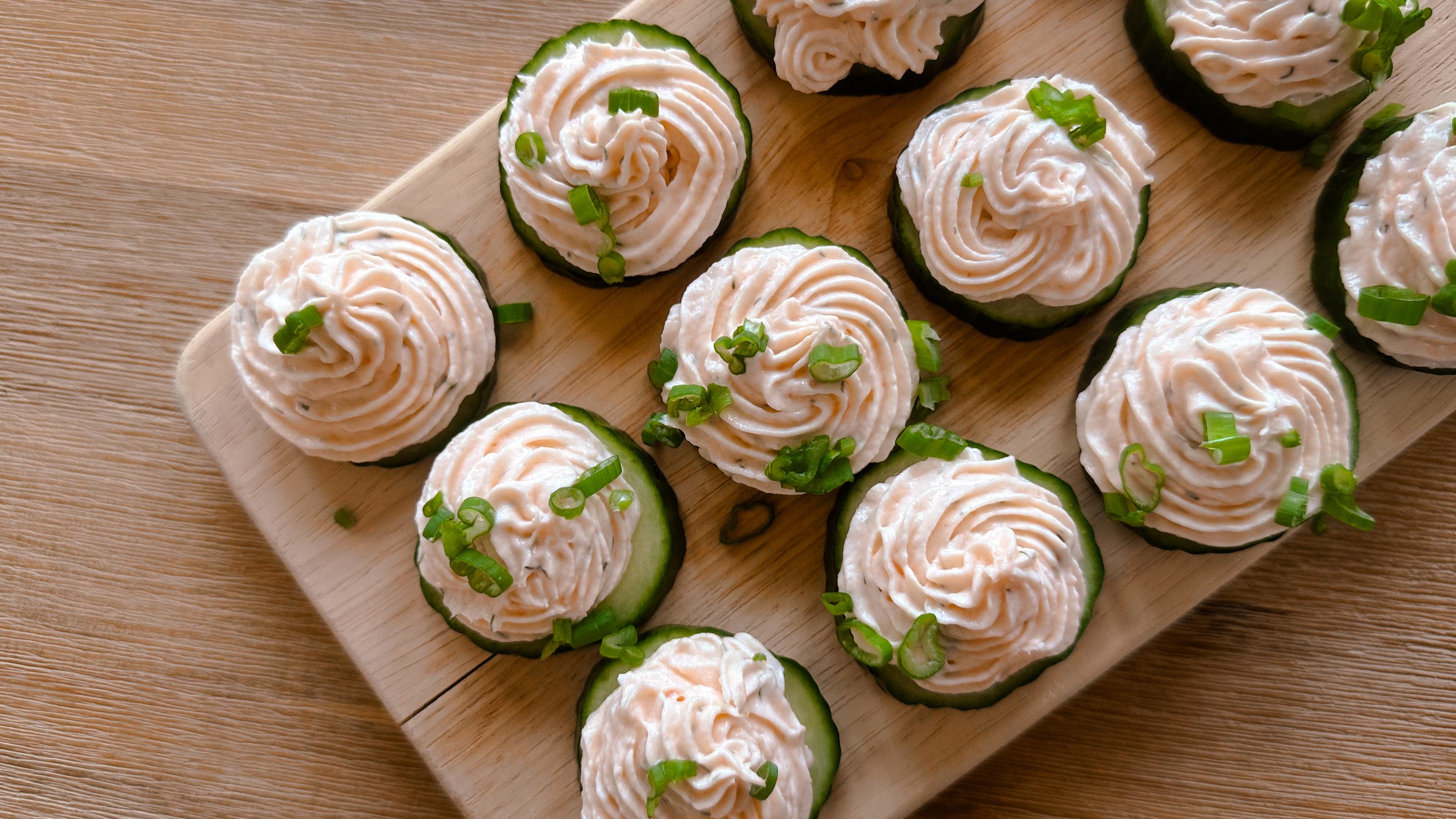What to Know About Food Alternatives
Shandra Martinez
| 4 min read

These days, alternatives to traditional foods are everywhere you look. The freezer section at your grocery store has bean and plant-based burgers as an option for shoppers who don’t want meat patties. Soy bends and tofu have been packaged as alternatives to chicken, hot dogs and lunchmeat. Nut-based milks fill the dairy cases and pasta substitutes made of ground chickpeas and other popular protein-rich ingredients are flying off the shelves. In the last decade, the market for food alternatives has blossomed. But with all these choices, how do you know which ones are right for you? If you’ve got questions, we’ve rounded up some answers with links back to a deeper discussion on each issue:
Powdered nut butters. People looking for a protein-forward food stripped of its high calorie content are reaching for powdered nut butters. These are made from whole, roasted nuts. Natural oils are pressed out and the crushed nuts are ground into a tasty powder that can be sprinkled on oatmeal, yogurt, a smoothie or salad. This method preserves the taste, but not the natural oil’s fats and calories. A serving of powdered nut butter has about 70% fewer calories and 90% less fat than the same serving size of regular peanut or almond butter. The cons? Nutrients your body needs – like Vitamin E and D – are stripped out and added salt and sugar are often mixed into the powder.
Cooking oils for heart health. All oils are a form of fat, but some options are better for your heart than others. Olive and canola oils both are monounsaturated fatty acids that can help lower your risk of developing heart disease. These types of oils can lower total cholesterol levels and can specifically decrease the level of “bad” cholesterol in the body known as low-density lipoprotein, or LDL.
Choosing the right plant-based milks. There are so many non-dairy milk alternatives on the market that in many stores, traditional cow’s milk has had to give up some shelf space to accommodate the array of newer options. Oat milk, rice milk, almond milk and soy milk are the top choices as shoppers expand their flavor profiles. The best dairy alternative is going to be one that has no added sugar, but does have as much or more calcium than cow’s milk, which is about 300 mg per cup. Calcium is a mineral needed to create – and maintain – healthy bones and teeth, so you don’t want to skimp on calcium, especially as you age.
Lunchmeat alternatives. Sandwich lovers’ favorite ingredients have evolved – and so have people’s tastes for alternatives to lunchmeat. While processed meats are high in protein, they can also be high in sodium and preservatives. For many people, better options are spreads like hummus or nut butters, or lunchmeat alternatives like flavored tuna packs, black beans, grilled chicken or hard-boiled eggs.
Meat substitutes. Meat substitutes these days are made to look and taste like everything from burgers and hot dogs to chicken tenders. These plant-based alternatives are made from ingredients like pea protein, beans, lentils, mushrooms and soy. Adding more meatless meals can have heart-healthy benefits, but make sure to check the ingredients of any meat substitutes. Some of them can be ultra processed, high in sodium and contain unhealthy fillers.
Pasta alternatives. Wheat flour-based pastas are getting a lot of competition lately. Shoppers looking for a lower-carb alternative are reaching for pastas made of ground black beans, chickpeas or other legumes. They’re also finding options in the produce aisle, selecting “noodles” made of zucchini or other vegetables. Make sure to read the ingredients and nutritional value on the packages though, as bean-based pasta may weigh in at the same calorie count as wheat-based noodles. And as healthy as veggie noodles look, most people find they don’t really taste like pasta.
Gluten-free recipes. When it comes to people embracing alternative foods, the gluten-free crowd may be the largest. Estimates put the number of people in the U.S. who have gone gluten-free or who try to cut out wheat-based flours at 25%. Some people have a medical reason to pursue this path, like celiac disease. But others may have gluten sensitivity or prefer not to eat gluten. These days, there are lots of gluten-free products in stores and gluten-free recipes to try.
Related:
Photo credit: Getty Images





